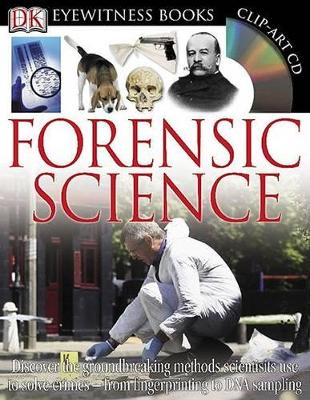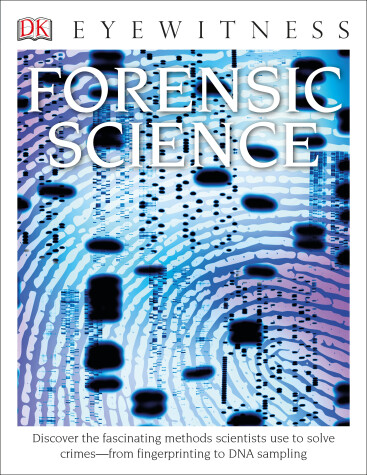DK Eyewitness
2 total works
What is forensic science and how is it used to solve a crime?
Explore the fascinating, and sometimes gory, world of forensics, where science helps crack the case. How do you know if a red stain is blood or ketchup, or whose blood it is? Can computers really recognize your face in a crowd? Why are fingerprints so important in an investigation? Learn why it is critical to quickly secure a crime scene, and how DNA sampling works. Find out how maggots can reveal how long someone has been dead, or how a single fabric fibre can lead to the murderer.
From the scene of the crime to testing in the laboratory, you will get to know how all the clues are put together to tell a story and reveal the guilty person. Discover how methods have changed since the days of Sherlock Holmes, the latest technology in use today, and techniques of the future.
Flip to the reference section to learn about pioneers in the field, see a timeline of forensic firsts, and locate museums and special websites to visit for further inspiration and exploration. The glossary gives you all the vocab you need to sound like a real CSI expert.
Every aspect of forensic science is explained in the child-friendly yet detailed, fact-packed style of the best-selling DK Eyewitness series, with photography revealing everything from the investigator's toolkit to face-recognition techniques.
What is forensic science and how is it used to solve a crime? How do you know whether a red stain is blood or ketchup, or whose blood it is? Can computers really recognize your face in a crowd? How do scientists decide how old bones are, and trace who they once belonged to? Explore the fascinating, and sometimes gory, world of forensics, where science helps crack the case. Learn why it is important to secure a crime scene, why fingerprints are critical clues, and how DNA sampling works. Find out how maggots can reveal how long someone has been dead, or how a single fabric fiber can lead to the murderer. From the scene of the crime to testing in the laboratory, you will get to know how all the clues are put together to tell a story and reveal the guilty person. Discover how methods have changed since the days of Sherlock Holmes, the latest technology in use today, and techniques of the future.
Flip to the reference section to learn about pioneers in the field, see a timeline of forensic firsts, and locate museums and special websites to visit for further inspiration and exploration. The glossary gives you all the vocabulary you need to sound like a real CSI expert.

